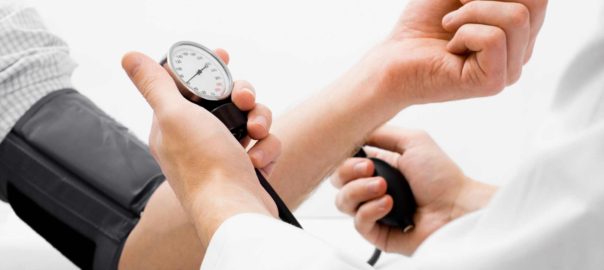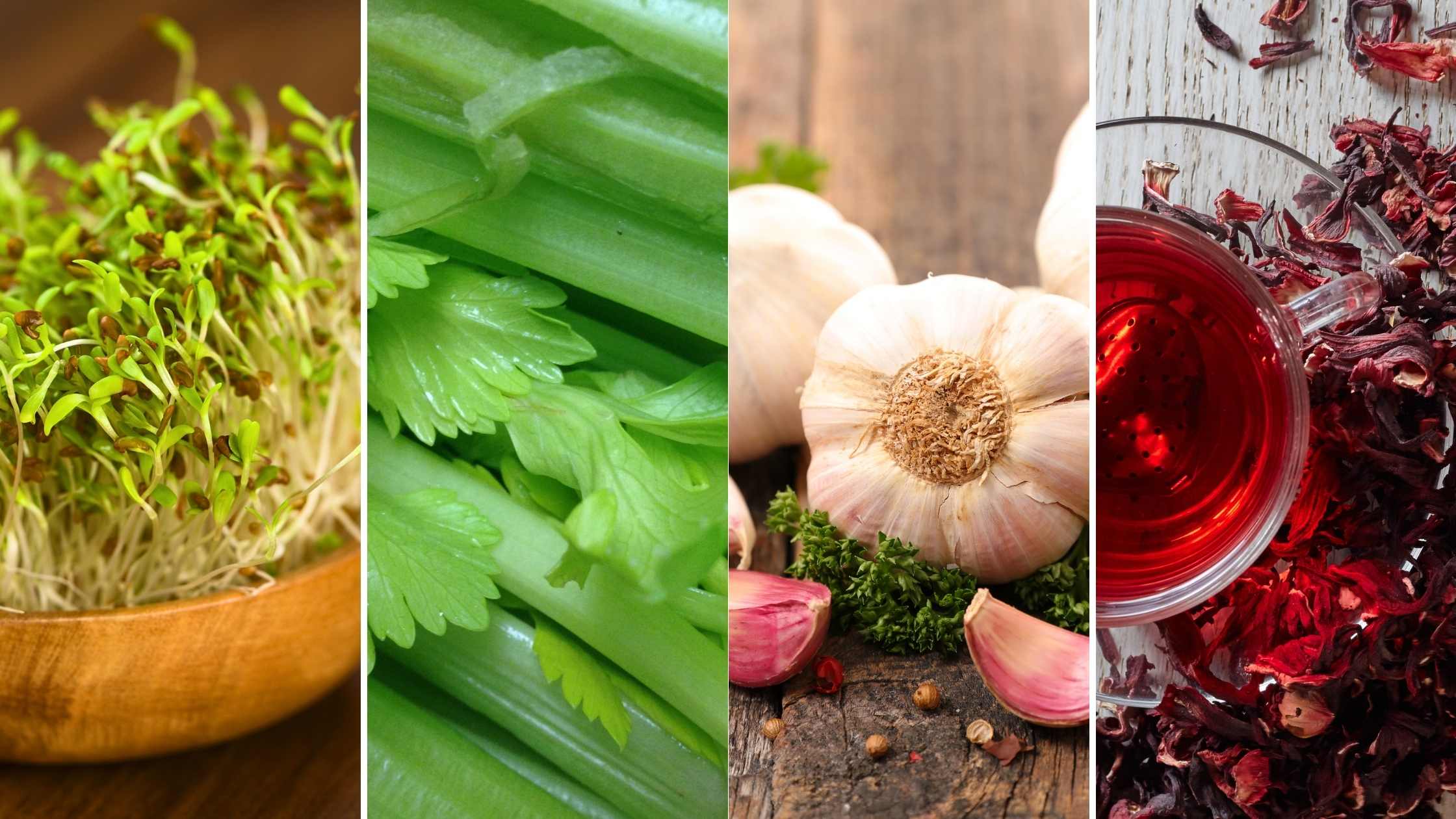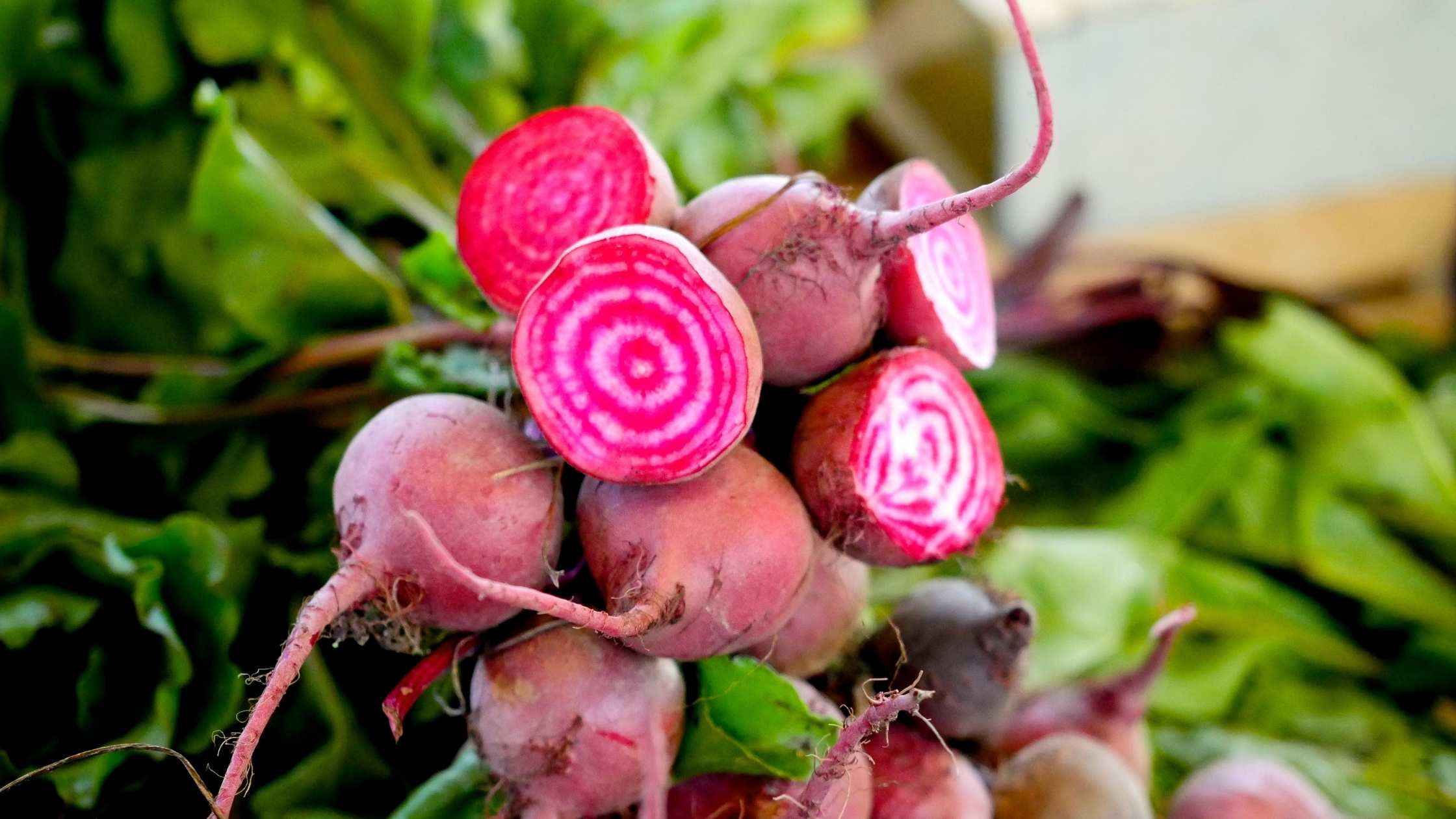Hypertension is a growing concern in this country. Especially when coupled with the unfortunate reality of restaurants that over-salt their food. But our over exposure to salt is not only from eating at restaurants, even at home, we are consuming far more than we need. Many people tend to over-salt their food, probably due to the influence of high salt when eating out. You can then become addicted to that level of salt flavor and it can take some time and effort to readjust your palate.
Causes of high blood pressure
Blood pressure is measured in milimeters of mercury (mm HG). A moderate adult blood pressure is usually considered to be 120/80. The upper number is called the systolic pressure and indicates the force of your heart beat on the walls of your arteries. The lower number is called the diastolic and this number shows the force of your heart between beats.
Factors that can cause that number to go up may include a diet high in fat, sugar and sodium. A high stress lifestyle can also contribute to high blood pressure. It is very important to note that if you have blood pressure problems you need to let both your doctor and any nutrition professional you are working with know if you are making any changes to try to address blood pressure issues. Herbal remedies, lifestyle changes, and medication implemented together may cause a significant drop in blood pressure. Hypotension, blood pressure that is too low, can be just as bad for you as hypertension.
Fake Salt
If you have high blood pressure you may be advised to go on a low sodium diet. For many people that means switching to "fake" salt which is usually made from potassium chloride. Because it's not sodium it's deemed to be better for you by some medical practitioners.
If you need to avoid excess sodium, I think it's better to also avoid the potassium chlorides and look for other taste alternatives. Adding herbal blends like no salt-seasoning mix is a great way to add flavor without the salt. Or you can use lemon juice on things like black beans or sweet potatoes where you might normally use salt. The added tangy flavor really adds a boost without the need for salt.
The difference between salts
Table salt
This is typically a highly processed form of salt. It is often stripped of minerals, has chemicals added to prevent clumping, and then a low bioavailable form of iodine is added.
Sea salt
I confess I prefer to use sea salt. It has no additives and all the minerals are still in there. Sea salt does tend to have less iodine than table salt and iodine is important for our health so you’ll want to make sure you’re checking your levels and consuming iodine as needed. Adding sea vegetables to your diet is one way to help you get enough iodine. There are a wide variety of sea salts depending on where they’re harvested from.
Kosher salt
is a coarse salt named for the process by which it is created. To my knowledge, there are no additives, and it is not stripped of minerals. But the larger crystals limit some of the uses for it depending on the flavor profile of the dish you are making.
Foods that support lowering blood pressure
Alfalfa is an herb with a reputation for lowering blood pressure. Other herbs believed to be beneficial for lower blood pressure include parsley, ginger root, nettle, and sage. Often taken as an infusion or a tea, these should be avoided if you are on any sort of blood thinners.
Celery is an easily available food that has been recognized in Chinese medicine as being effective for lowering blood pressure. Studies done in Western medicine appear to confirm this benefit. Containing both potassium and sodium, celery is not only a vasorelaxant it is also a diuretic helping to relieve the body of excess fluid.
Garlic is also known to be very beneficial for reducing not only blood pressure but also cholesterol. Fresh garlic is better as the beneficial allicin is fully available when chopped or minced. Letting the garlic sit for 5-10 minutes after cutting allows the allicin to fully develop. Cook garlic lightly for 10-15 minutes (in other words closer to the end of the cooking time) to get full benefit.
Hibiscus tea is known to be very effective for lower blood pressure. The dried flowers can be purchased either through health food stores or even some larger chain grocery stores. A double-blind study published in 2009 in the Journal of Human Hypertension concluded that non-medicated hypertensive diabetic patients had a positive outcome from drinking two cups of infused tea every day for one month. The report further stated, "This study supports the results of similar studies in which antihypertensive effects have been shown for [Hibiscus sabdariffa]."
Nitric oxide is a supplement that can be supportive for lowering blood pressure. This is because it helps your blood vessels to dilate, which can help regulate blood flow, inflammation, and also blood pressure. There are several studies using inorganic nitrate and beet juice supplementation, that found nitric oxide can support a reduction in blood pressure levels. Studies with beet root and beet juice have shown such promise that they have been considered as complementary treatment for hypertension. Beets are rich in dietary nitrates. By consuming beets or beet juice, your body has the components to convert it to nitric oxide and keep your blood vessels more open.
Another way to increase nitric oxide is through meditation. One study found that “meditation groups showed a significant higher level of serum nitrate & nitrite concentration…” Several different types of meditation have been observed to help reduce blood pressure levels. These can include zen-meditation, trans-meditation, and breathing awareness meditation.
In conclusion
- The average person should get from 1,500 to 2,300 mg of salt per day.
- 1 teaspoon of salt has about 2,000 mg
- Restaurant foods tend to be heavily salted, if you eat out a lot this may overbalance your palate to a high sodium preference
- It is possible to restructure your palate and learn to use less salt
- Changing your diet, adding nitric oxide, and including meditation may all be helpful strategies to lower blood pressure
With hypertension becoming a growing challenge, making changes can be an important strategy for controlling blood pressure levels and reducing the risk of cardiovascular disease.






Dear Mira
Lovely to see you’ve done your degree… Glad you’re being so succesful! Have forgotten my blogspot password and as I have now changed E/mail can view but can’t add anything so may have to do another…
We’ve been busy here won’t send anymore on here will write e/mail when I get chance…..
Freye